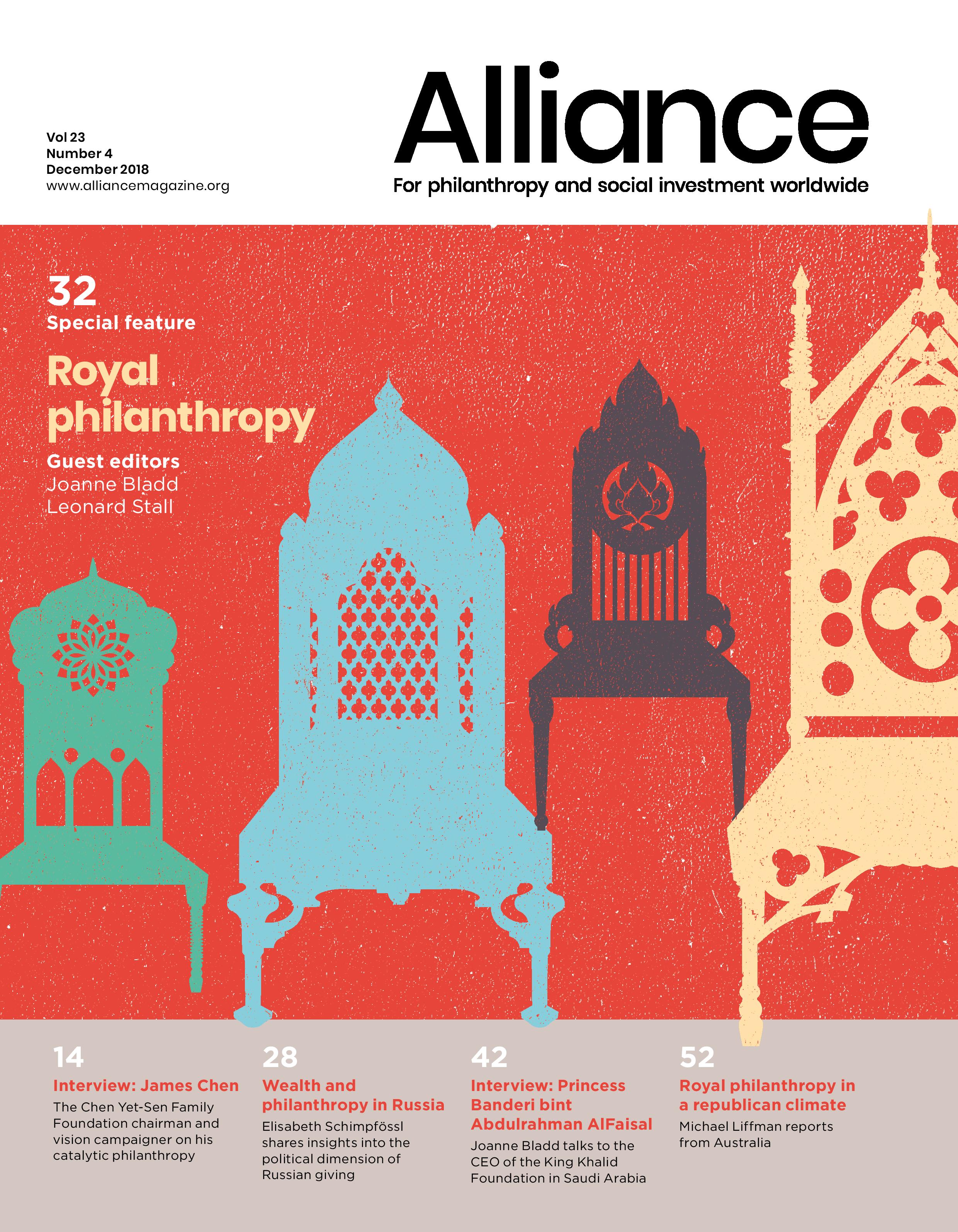Philanthropy helps the Royal House in Denmark maintain a relationship between monarch and people in the age of democracy
Queens, kings, chamberlains, counts, princesses and princes: many of the royal household have a seat at the table of the 11 philanthropic foundations founded by the Danish Royal House over the years. Last year these foundations awarded more than 26 million Danish kroner (£3 million) to a number of causes: culture, social issues, science, disease-fighting and humanitarian assistance. But what does the Royal House and philanthropic donations have to do with each other? And why does the Royal House continue to create new foundations as the line of succession grows longer?
Foundations became a way of maintaining the relationship between the people and the Royal House. They also served as a raison d’être and gave the monarch a way of carrying on the tradition of showing their benevolence.
According to historian Dr Lars Hovbakke Sørensen, ‘it has to do with the fact that we used to have an absolute monarchy in Denmark’. The monarch was the source of all authority and ‘it was a part of his or her role and responsibility to show benevolence’, says Sørensen. However, once Denmark moved towards a more democratic system in 1848, the monarch was shorn of their powers and also lost close contact with the people. Foundations became a way of maintaining the relationship between the people and the Royal House. They also served as a raison d’être and gave the monarch a way of carrying on the tradition of showing their benevolence.
Subscribe now from only £45 a year!
This article is only available for our subscribers
Existing users can login here



